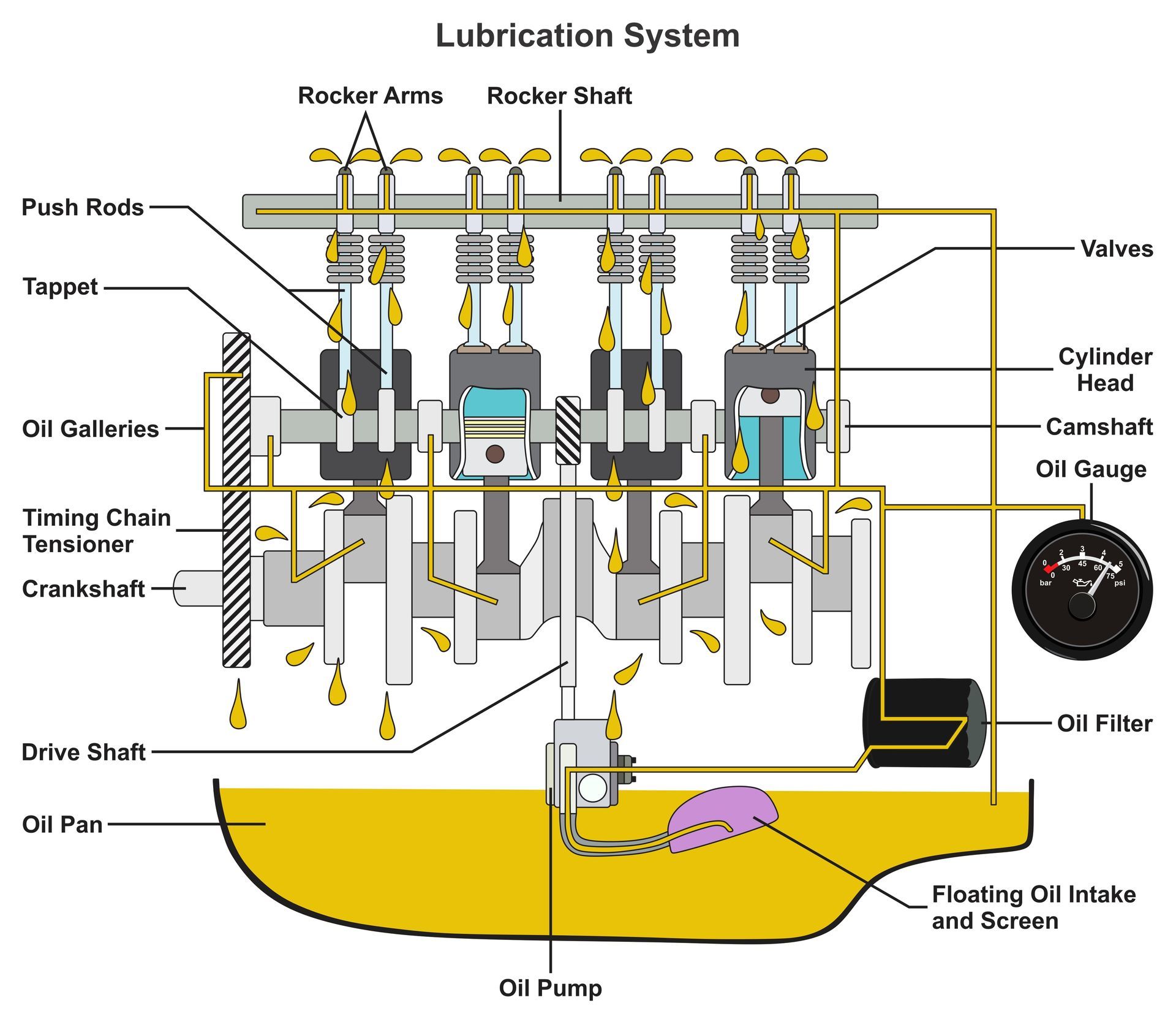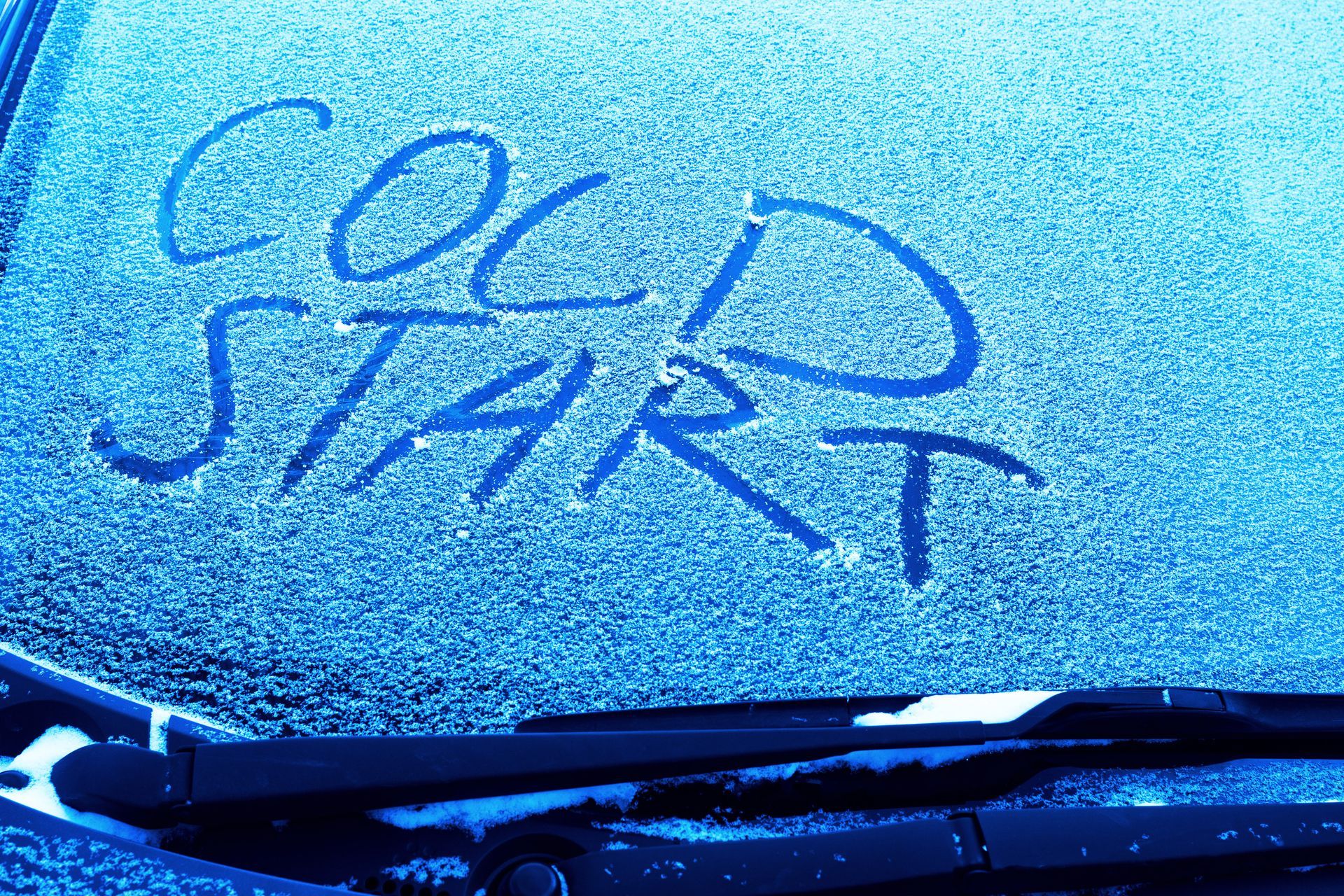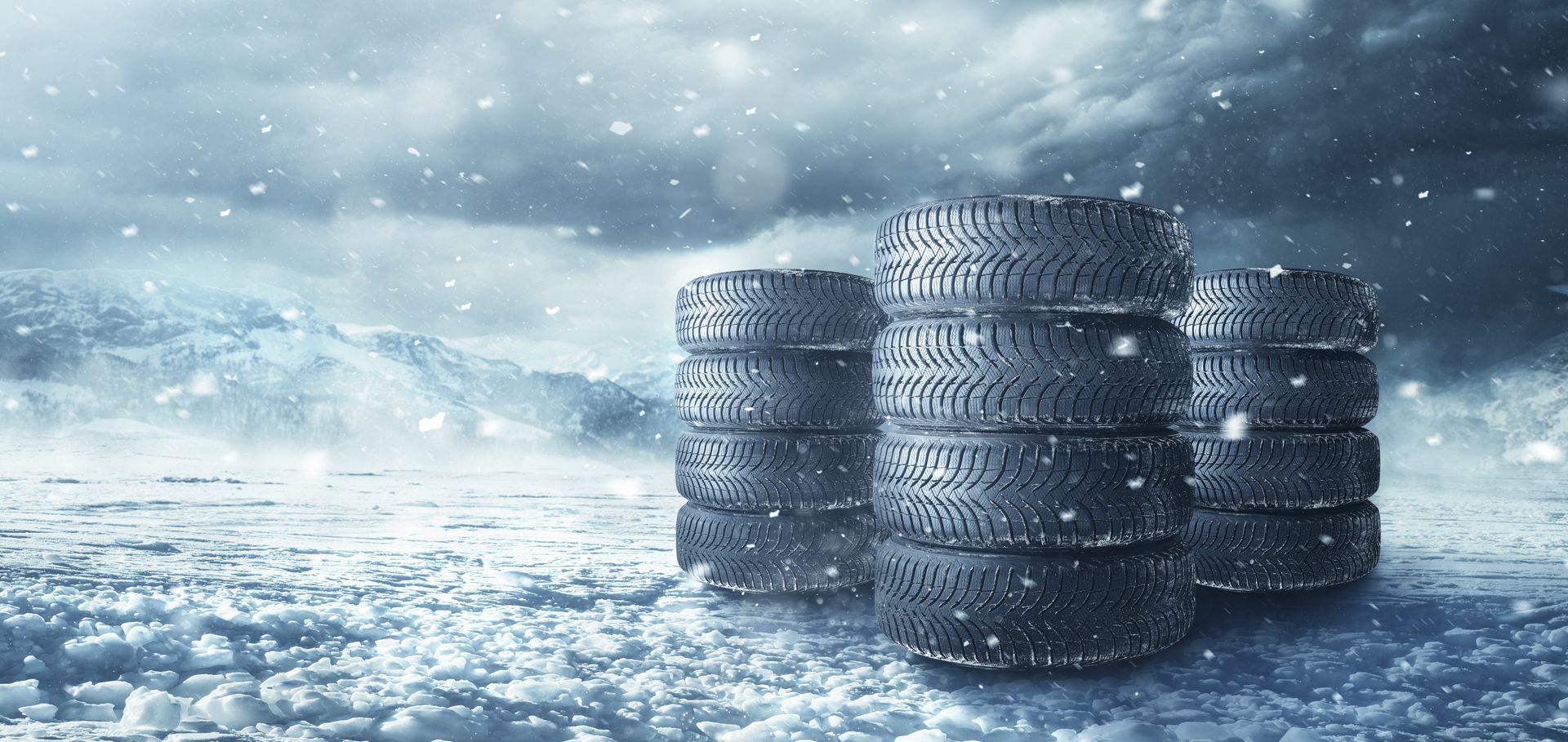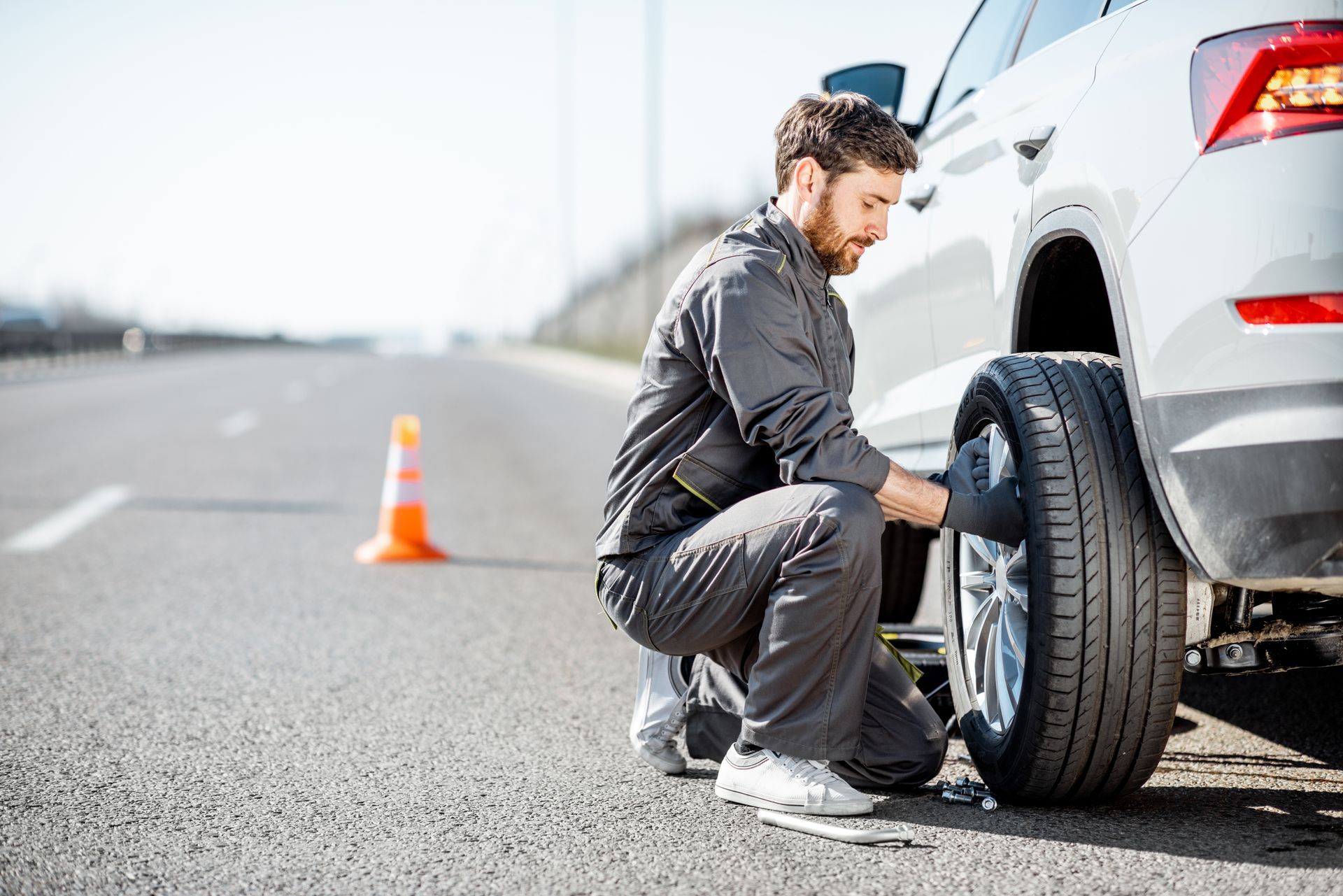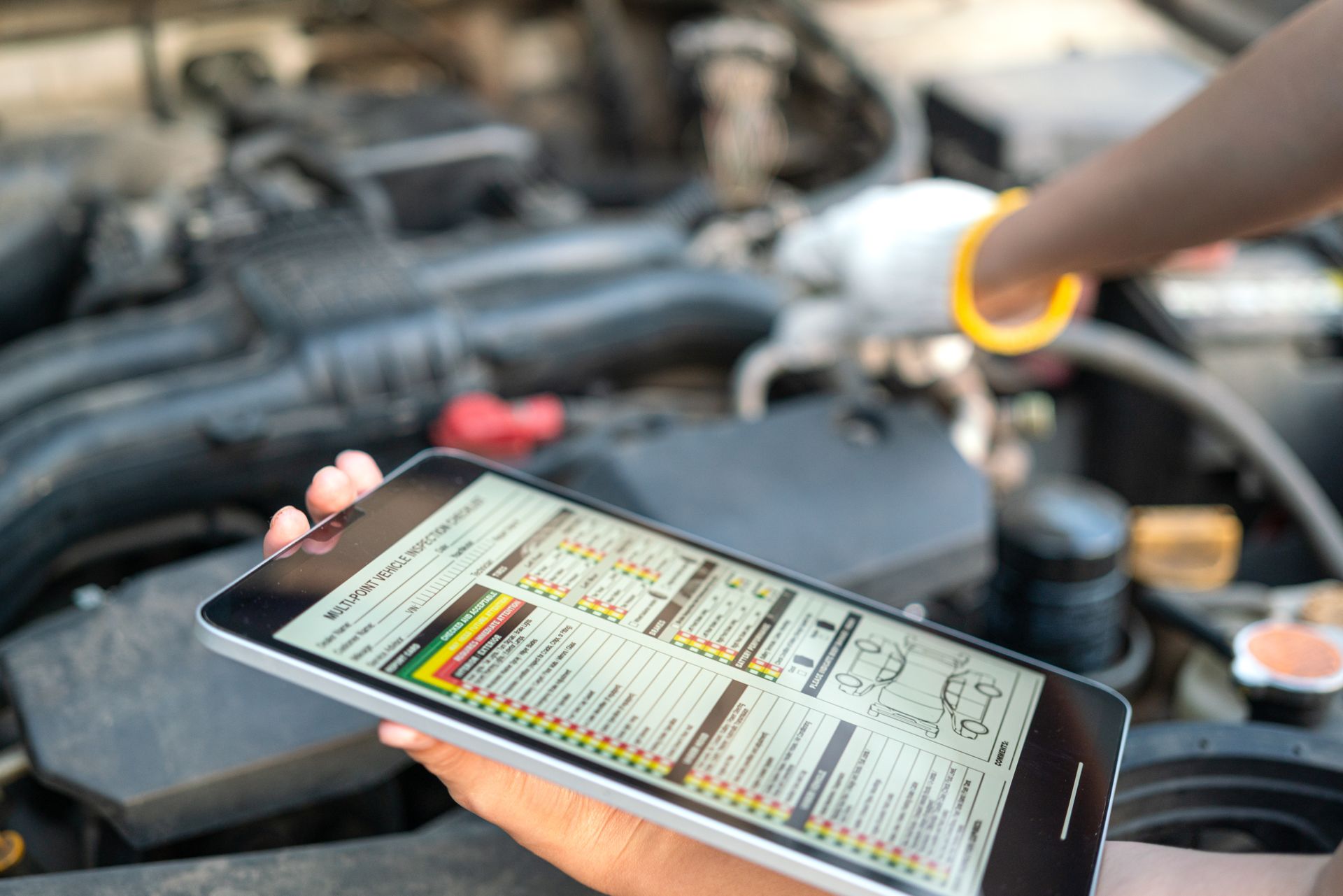Loading ...
Missing business hours data / Error occurred while getting the data.
Loading ...
Missing business hours data / Error occurred while getting the data.
Loading ...
Missing business hours data / Error occurred while getting the data.
Loading ...
Missing business hours data / Error occurred while getting the data.
Loading ...
Missing business hours data / Error occurred while getting the data.
Loading ...
Missing business hours data / Error occurred while getting the data.
Loading ...
Missing business hours data / Error occurred while getting the data.
Loading ...
Missing business hours data / Error occurred while getting the data.
How Can You Tell When Your Tires Need Replacing?
October 28, 2024
Your tires are the only part of your car that physically touches the road, which means they are crucial for your vehicle’s performance and safety. Over time, tires wear down, reducing their ability to grip the road and increasing the risk of accidents, especially in poor driving conditions. But how do you know when it’s time to replace them?
Check the Tread Depth
The most common and easiest way to determine if your tires need replacing is by checking the tread depth. Tire treads are designed to channel water away from the tire and maintain traction, especially in wet conditions. However, as the tread wears down, it becomes less effective, leading to a loss of grip on the road.
You can use the “penny test” to check your tread depth. Place a penny in the tread groove with Lincoln’s head facing down. If you can see all of Lincoln’s head, your tread is too shallow, and your tires are no longer safe to drive on. Most experts recommend replacing tires when the tread depth is less than 2/32 of an inch. For added safety, it’s a good idea to replace them sooner if you frequently drive in rainy or snowy conditions.
Uneven Wear Patterns
If you notice that your tires are wearing unevenly, it’s a sign that something is off with your vehicle’s alignment, suspension, or tire pressure. Uneven wear could mean that your tires are wearing out faster in some areas, making them unsafe to drive on, even if the overall tread depth seems fine. Pay attention to the wear on the inner or outer edges of the tires, as this could indicate an alignment problem.
Rotating your tires regularly can help prevent uneven wear, but if the problem persists, you may need to address the underlying cause before investing in new tires. Keeping your tires properly inflated and aligned will help them last longer and wear more evenly.
Visible Damage or Cracks
Over time, exposure to the elements can cause your tires to dry out and crack. If you see cracks on the sidewalls of your tires, it’s a sign that they may be deteriorating and becoming more vulnerable to blowouts. Cracks can be caused by weathering, age, or exposure to extreme temperatures. While small cracks might not seem like a big deal, they can quickly become larger and compromise the tire's structural integrity.
If you notice any visible damage, such as cuts, bulges, or punctures, it’s best to replace the tire immediately. Driving on damaged tires increases the risk of blowouts, which can be dangerous at high speeds.
Vibration While Driving
If you feel excessive vibration while driving, especially at higher speeds, it could be a sign that your tires are out of balance or damaged. While some vibrations are normal on uneven roads, consistent vibrations on smooth surfaces may indicate a problem with your tires. It could be due to an internal tire issue, such as a shifted belt or a separation within the tire layers.
In some cases, the vibration could be caused by problems with your vehicle’s alignment, suspension, or brakes. If you’re experiencing consistent vibrations, it’s best to inspect your tires and vehicle to determine the cause. Continuing to drive with a damaged or unbalanced tire can lead to further damage and an uncomfortable ride.
Age of the Tires
Even if your tires appear to have good tread left, their age plays a significant role in determining whether they should be replaced. Over time, the rubber in tires deteriorates, making them more susceptible to failure. Most tire manufacturers recommend replacing tires every six to ten years, regardless of how much tread is left.
To check the age of your tires, look for the DOT (Department of Transportation) number on the sidewall. The last four digits represent the week and year the tire was manufactured. For example, if the last four digits are “1218,” it means the tire was made in the 12th week of 2018. If your tires are approaching the six-year mark or older, it’s time to consider replacing them to avoid the risk of a blowout.
When Should You Replace Your Tires
Knowing when to replace your tires comes down to regular inspections and paying attention to how your car handles. If your tread depth is low, your tires show signs of damage or cracking, or if they’re over six years old, it’s time to invest in a new set. Don’t wait until you experience a blowout or a dangerous loss of traction on a wet or icy road.
Remember, your tires are a crucial part of your vehicle’s safety, and delaying their replacement can put you, your passengers, and others on the road at risk. Regularly inspect your tires, and don’t hesitate to seek professional advice if you’re unsure about their condition.
Don’t take chances with your tires! If you’re unsure about your tire condition, let
ATS Fleet Service take a look. We offer professional tire inspections and replacements to keep you safe on the road. Call us today to book your service!
Quick Links:
Loading ...
Missing business hours data / Error occurred while getting the data.
Loading ...
Missing business hours data / Error occurred while getting the data.
Loading ...
Missing business hours data / Error occurred while getting the data.
Loading ...
Missing business hours data / Error occurred while getting the data.
Loading ...
Missing business hours data / Error occurred while getting the data.
Loading ...
Missing business hours data / Error occurred while getting the data.
Loading ...
Missing business hours data / Error occurred while getting the data.
Loading ...
Missing business hours data / Error occurred while getting the data.
Loading ...
Missing nap lines data / Error occured while getting the data.
Loading ...
Missing nap lines data / Error occured while getting the data.

